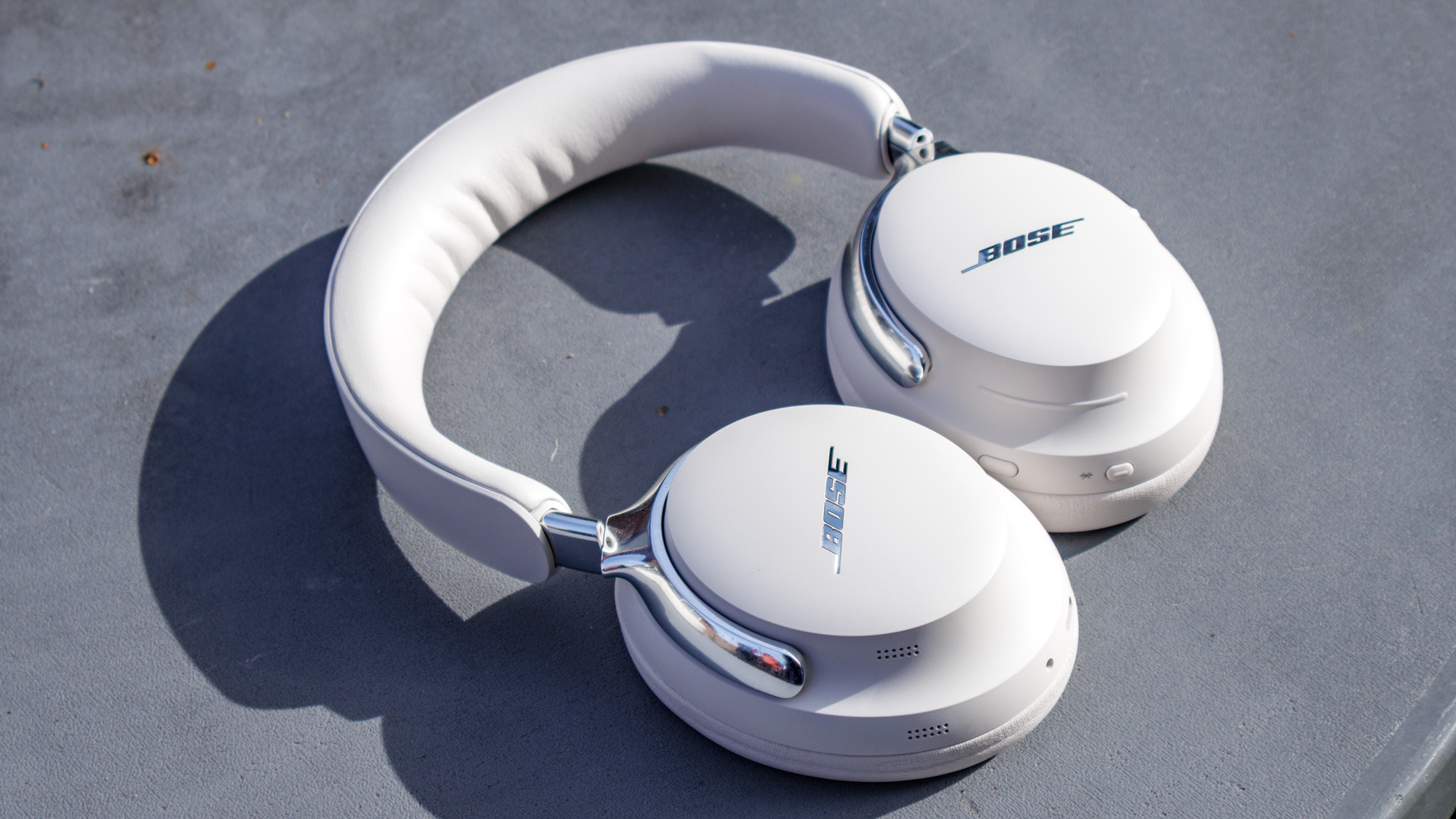Should You Root Your Android Phone?
If you 'root' (gain admin rights to) your phone, you can run a bevy of new software, improve performance and kill bloatware, but you also could void your warranty or brick your device. Do the benefits outweigh the risks?

Android is known for offering users a greater degree of customizability and control than any other mobile operating system, but there are still limitations to what you can do with an Android phone right out of the box. To push beyond those limits, you need to root your device, which means you gain admin rights to it. This somewhat complicated process could void your warranty or, if something goes wrong, break your handset. Are the benefits of having administrative control of your phone worth the risks? Android enthusiasts would give you an unequivocal "yes," but we've gathered a list of pros and cons to help you decide for yourself.
Pros
- Android Updates on Demand: Want to have the latest Lollipop when your phone is stuck on Jelly Bean? You can wait and hope that your carrier sends you an operating system update some day, but by the time you get it (if you get it at all), Google will probably have come out with a new version. Fortunately, for users of rooted devices, the vast hordes of ROM developers are there to deliver updates nearly as fast as Google. These ROMs can offer a very plain stock Android experience like a Nexus device or near limitless levels of customization —it's entirely up to you.
- Install Power-User Apps: While Android apps have greater access to the operating system than apps on other platforms, root-access apps can be given permission to go even further. These apps can carry out automated tasks for you, create new multitouch gestures, enable a PlayStation SixAxis controller to play games on your Android device and more. Check out our list of the 30 Best Apps for Rooted Android Phones for even more ideas.
- Just Say No to Bloatware: Bloatware is the bane of many Android users' existence, with carriers and manufacturers heaping dozens of apps onto the device right out of the box, additions that the owner will never touch and yet can't be removed from the device. These apps are taking up precious space on your device and in some cases may be slowing it down. Root users can start with a bloat-free build of Android and are able to delete to their hearts' content, keeping their devices running lean and mean.
- Back up Anything and Everything on Your Device: While it is relatively simple to back up the vast majority of the data on your smartphone these days, there are some limits. With a rooted Android phone, you can use an app like Titanium Backup to literally capture everything on your device, including data, apps and settings, and save them to an SD card or the cloud. Should anything happen to your device, you will at least be comforted by the knowledge that you can have a replacement device up and running like nothing happened in minutes.
- Supercharged Battery Life: We've never heard anyone complain about too much battery life on their smartphones, And while there are numerous options for nonroot users to boost endurance, you probably won't be surprised at this point to hear that root users have a more expansive array of options at their disposal. Some apps even allow rooted users to slow the CPU at the right times to save power, without the user ever noticing a difference in performance.
- Turbocharged Performance: Want your aging phone to feel faster? A new, lighter ROM might be the best solution to keep things running smoothly, but if you like everything the way you have it, save for a need for speed, then rooting and overclocking the CPU is the way to go. Free apps such as SetCPU allow you to change your processor frequency with a few taps.
Cons
- Your Phone Could Get Bricked: "Bricking" is the ultimate concern for anyone rooting his or her device. This means that your phone is completely beyond saving, as it will no longer turn on. The key thing to remember here is that it is incredibly difficult to actually brick your device, and unless the phone literally won't power on, there is almost always a way to save it.
- Is This Line Secure?: Exposing yourself to security risks is one of the most common arguments against rooting. However, while rooting does make you more vulnerable, security risks still aren't as widespread an issue as some would have you believe. According to a security report put out by Google last year analyzing more than a billion devices, less than 1 percent of all Android devices had a potentially harmful app installed. When looking at devices that only installed apps from the Play Store, that percentage dropped below 0.15 percent, the report showed.
Now, harmful apps aren't the only security risk, but if you are careful about the sites you visit and the apps you install, it's not difficult to keep your device safe, whether it's rooted or not. - Over-the-Air Updates Go Out the WindowOnce you have rooted your device, it's likely that you'll no longer receive carrier updates for your phone. And if you do see a notification for one, it should be avoided as it will most likely remove your root access.
If you rooted your Android in order to install a new ROM, this isn't going to be a worry for you anyway, because the regular OTA update is likely behind the times for you. If you rooted for any of the other advantages, the OTA update may still be something you want. In that case, you should wait until a root option is available for the new update, and then install it and re-root your device. - Bye, Bye Warranty: Rooting your device is perfectly legal, but in most cases it is going to mean that your phone is no longer covered by its warranty. In most cases, if you need to get service, you can un-root your device and return to the good graces of your warranty should anything happen. But you would be wise to check on this before embarking on your journey.
Bottom Line
Rooting will open up a number of new possibilities for your phone, but it is important to consider the potential ramifications before you get started. Even the savviest Android user can have something go wrong while rooting, and while there is almost always a way back, the method can be time-consuming.
If you decide that rooting is for you, you'll need to look up a method that works for your specific phone model and carrier. The rooting procedure for a Galaxy S5 on Sprint could be different than that for the S5 on T-Mobile. We have a number of rooting tutorials for popular phones here on Tom's Guide, but you can also try our friends at theunlockr.com, a site with literally hundreds of rooting methods, or forum.xda-developers.com, which is the place where most rooters post the latest exploits.
- The Best Cellphone Plans for Families and Individuals
- Best Smartphones on the Market Now
- How to Reduce Data Usage on Your Smartphone
Get instant access to breaking news, the hottest reviews, great deals and helpful tips.
A self-professed "wearer of wearables," Sean Riley is a Senior Writer for Laptop Mag who has been covering tech for more than a decade. He specializes in covering phones and, of course, wearable tech, but has also written about tablets, VR, laptops, and smart home devices, to name but a few. His articles have also appeared in Tom's Guide, TechTarget, Phandroid, and more.
-
GeRgY Hello there.Reply
Yes, if you root your phone you will gain admin rights and do a lot of "forbidden" things... but its the same for me. You use normal stuffs and normal apps with every phone. Some of the phones goes faster... some of them goes slower. If you are doin` right with rooting job there are no risk for your phone (ofc noone gives you 100% succeed). You will lose warranty as well.
I will never root my phone again (i didn't get more performance or something)

